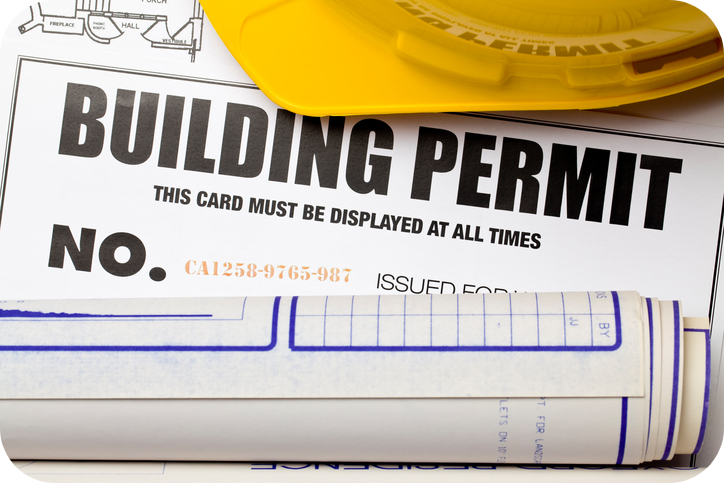How to Work with Local Authorities for a Hassle-Free Approval Process
Navigating the bureaucracy of municipal and local authorities can be overwhelming, especially when you’re looking to get approvals for construction, business setup, or renovation projects. Understanding the processes and requirements is crucial for a smooth experience. In this guide, we’ll walk you through practical steps on how to work with local authorities to secure Local Body Approval efficiently and without unnecessary delays.
Understanding Local Body Approval
Local Body Approval refers to the permissions granted by municipal or local governing authorities for various projects, including building construction, land use changes, business licenses, and other development-related activities. These approvals ensure that projects comply with local regulations, safety standards, and zoning laws. Securing this approval is a mandatory step before beginning any major project, and failing to obtain it can lead to penalties, legal complications, or project delays.
Step 1: Research the Requirements
The first step in any approval process is thorough research. Every municipality has its own set of rules and guidelines regarding approvals. You should:
Visit the official website of your local municipal corporation or development authority.
Check for specific documentation required for your project type.
Understand zoning regulations, environmental clearances, and safety compliance standards.
Note application deadlines and fee structures.
Knowing the requirements in advance reduces the chances of your application being rejected and speeds up the process.
Step 2: Prepare Complete Documentation
Incomplete or inaccurate documentation is one of the main reasons for delays in obtaining Local Body Approval. Make sure to prepare:
Property ownership documents or lease agreements.
Detailed project plans, architectural drawings, and specifications.
Structural stability certificates from licensed engineers, if required.
Environmental and safety compliance certificates.
Any additional documents specified by the local authority.
Organize your documents carefully and ensure they are authentic and properly attested. This demonstrates professionalism and can help build trust with officials.
Step 3: Engage Professionals
While it is possible to handle the approval process on your own, hiring professionals such as architects, legal consultants, or civil engineers can save time and reduce stress. Professionals:
Are familiar with the local regulations and procedures.
Can prepare accurate documentation that meets authority standards.
Can address technical or legal queries raised by officials.
Having the right support can prevent repeated visits to municipal offices and help secure approvals faster.
Step 4: Establish Communication with Local Authorities
A proactive approach can make a significant difference. Visit the municipal office or the local authority in person, if possible, to:
Understand the process flow and approximate timelines.
Clarify any doubts regarding documentation or compliance.
Develop a rapport with officials, which can facilitate smoother processing.
Maintaining clear and respectful communication often leads to quicker resolutions of any issues that arise.
Step 5: Submit the Application Carefully
Submitting your application is more than just handing over documents. Pay attention to:
Properly filled forms with no missing information.
Correct submission fees, if applicable.
Submission of both physical copies and online copies, if the municipality requires.
Receipt of acknowledgment for tracking the application status.
Follow up periodically, but politely, to stay informed about the progress of your application.
Step 6: Address Queries Promptly
Authorities may raise queries or request clarifications. Respond promptly and accurately:
Provide additional documents or certificates if requested.
Make necessary amendments to plans or forms, if required.
Maintain a record of all communications for reference.
Timely responses demonstrate responsibility and can prevent unnecessary delays.
Step 7: Keep Track of Approval Timeline
While some approvals are granted quickly, others may take weeks or months. Keep track of:
The expected timeline mentioned by authorities.
Any delays caused due to incomplete documentation or non-compliance.
Contact points for escalation if needed.
Patience and persistence, combined with proper tracking, ensure that your Local Body Approval process is completed successfully.
Step 8: Ensure Compliance After Approval
Obtaining approval is not the end of your responsibility. Authorities may conduct inspections during or after your project. Ensure:
Adherence to the approved plans and guidelines.
Regular compliance with safety and environmental norms.
Prompt reporting of any changes or modifications to avoid penalties.
By maintaining compliance, you safeguard your project and build credibility for future dealings with local authorities.
Conclusion
Securing Local Body Approval doesn’t have to be a daunting task. With careful research, proper documentation, professional support, and proactive communication with local authorities, you can streamline the process and avoid common pitfalls. Remember, preparation, patience, and compliance are key to a hassle-free approval experience.
Investing time in understanding the local requirements and building a cooperative relationship with authorities not only saves time but also ensures that your project proceeds smoothly, legally, and safely. Whether it’s for construction, renovation, or business setup, following these steps will give you a clear path toward success with minimal stress.

